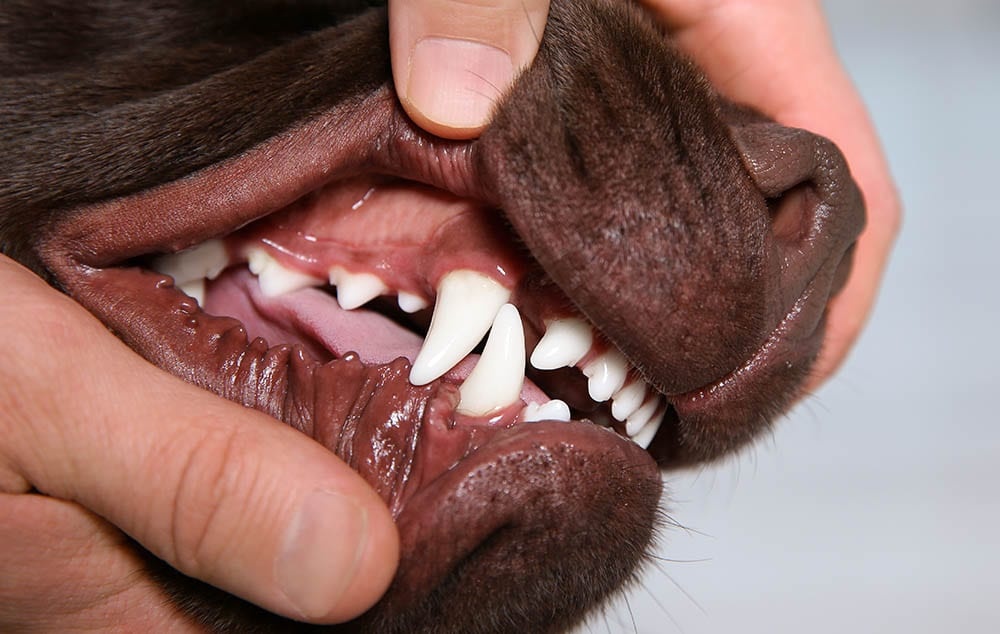Nom Nom Blog
How to Clean Your Pet's Teeth
Like humans, regular teeth cleaning is necessary for your pet. Your pet is also susceptible to plaque, tartar and gum disease.
Plaque is a biofilm that coats the surface of your dog or cat's
It's a common misconception that any "scraping" action on the teeth, such as eating hard kibble, can clean teeth on its own. This mechanical cleaning will not prevent periodontal disease. For your pet's meal to actually be semi-efficient in cleaning a their teeth, they would need to chew for a much longer time and target specific areas — such as back teeth where more serious plaque builds up.
If you observe the process of your dog chewing kibble, for example, you’ll notice that each piece of kibble shatters into many tiny pieces due to their pointed teeth. These little bits are quickly inhaled and swallowed, leaving no time for any sort of cleaning. These pieces of food can stick to the surface of their teeth due to their starchy nature and metabolize into the sugars that can lead to the aforementioned ailments.
So how can you clean your dog’s teeth?
The goal is to remove plaque or tartar before your pet can develop periodontal disease. Periodontal disease can cause serious health risks when left untreated — receding gums, bone destruction and loss of teeth. The bacteria can eventually enter their bloodstream and infect vital organs such as the heart, liver and kidneys.
At-home teeth cleaning
If you are able, brush your pet's teeth daily or weekly. You can purchase a baby-soft toothbrush from the drugstore and a special food-flavored canine toothpaste to make it more appealing. This is an important plaque removal and prevention strategy, though you should still make sure your veterinarian looks at your
If your dog really won’t let you near their mouth, consider plaque-removing treats to assist in between veterinary visits.
Professional cleaning
Because tartar is calcified and becomes rock hard on your dog’s teeth and present in sensitive spots along the gums, it’s important to schedule routine tartar removals with a veterinary professional. Ask your veterinarian how often your dog will need these, and make sure they stay up-to-date.
Maintaining a healthy diet and lifestyle
You can also take some pre-emptive steps to reduce plaque and tartar. Some vets recommend fresh food, whether as the main part of your pet’s diet or at least as a supplement to their current food, which will provide plaque-fighting enzymes to support healthier gums and teeth.
If your dog suffers from a chronic health condition, they may seem to collect more tartar on their teeth due to a compromised immune system, less vigorous chewing, saliva quantity, gum health or the pH of their mouth. Consider necessary supplements to balance things out.
Ask your veterinarian about how you can adapt their dental hygiene routine.


